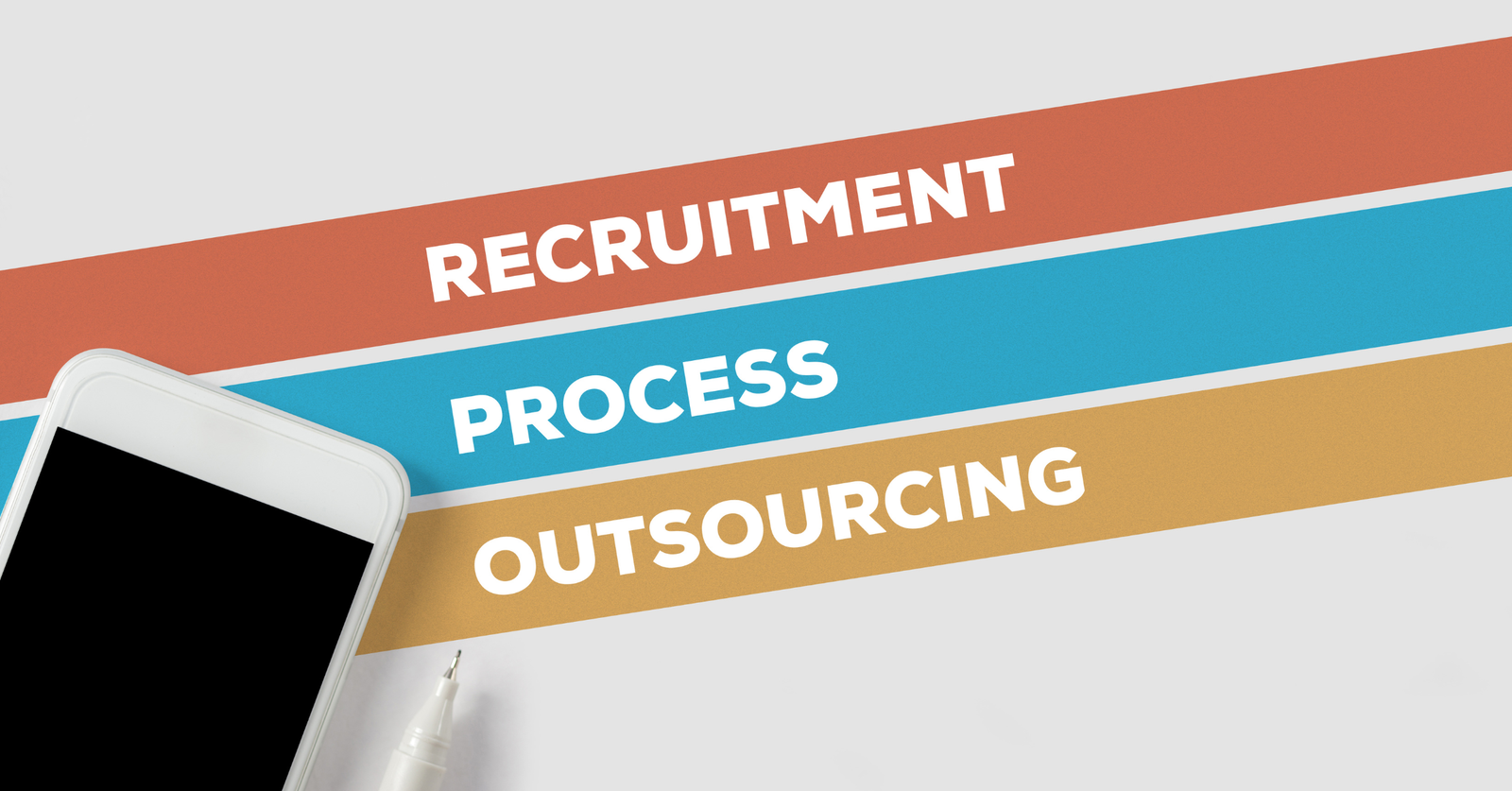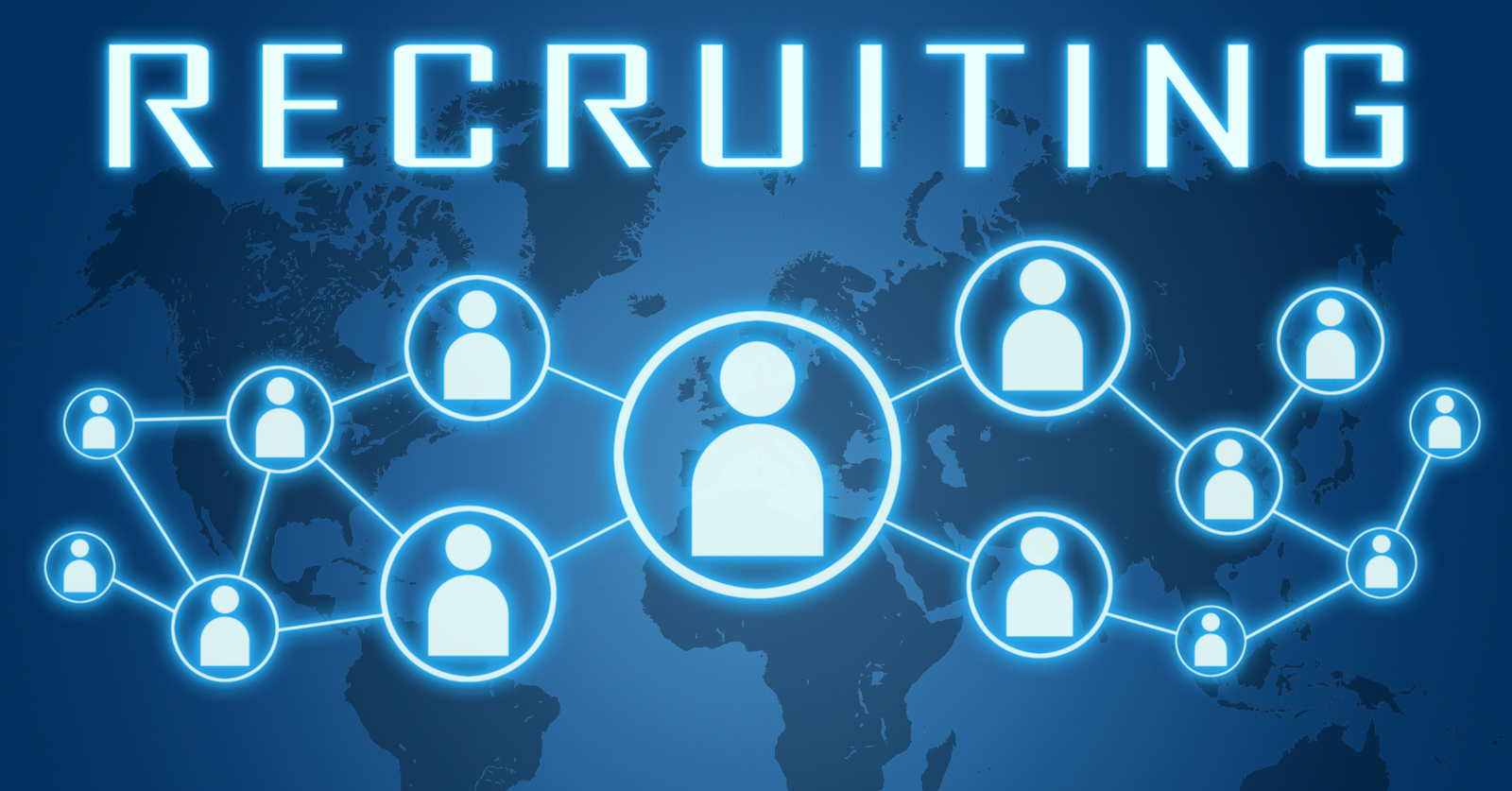When it comes to building a strong workforce, two terms are often used interchangeably: hiring and recruiting. At first glance, they may seem the same—both are about bringing people into an organization. However, in the world of Human Resources (HR), these two concepts are not identical.
While recruiting focuses on attracting and finding candidates, hiring is the process of selecting and onboarding them. Understanding this distinction is essential for organizations to streamline their talent acquisition strategies and build a high-performing team.
In this blog, we’ll break down:
- What hiring means
- What recruiting means
- Key differences between the two
- Why both are important
- How companies can balance hiring and recruiting effectively
What Is Hiring?
Hiring is the process of selecting and appointing a candidate to fill an open position. It begins after the recruiting stage and involves:
- Reviewing applications
- Interviewing shortlisted candidates
- Evaluating skills, experience, and cultural fit
- Extending job offers
- Onboarding and integrating new employees
In simple terms, hiring is transactional. The organization has a vacancy, and the goal is to fill it with the right person as efficiently as possible.
Example:
If a retail company needs 50 cashiers for the festive season, the HR team will run interviews and issue offers to fill the positions quickly—that’s hiring.
What Is Recruiting?
Recruiting is a broader and more strategic process than hiring. It involves attracting, engaging, and nurturing potential candidates to build a strong talent pipeline—even before positions open up.
Recruiting activities include:
- Employer branding campaigns
- Campus drives and job fairs
- Talent sourcing on job portals and LinkedIn
- Networking and referrals
- Maintaining relationships with potential candidates
Recruiting is proactive—it ensures the organization has access to the right talent pool when future vacancies arise.
Example:
A tech company consistently engages with software engineers through LinkedIn events, coding challenges, and career blogs, even if they don’t have current job openings. This way, when roles open up, they already have interested candidates in the pipeline—that’s recruiting.
Key Differences Between Hiring and Recruiting
| Aspect | Hiring | Recruiting |
|---|---|---|
| Definition | Selecting and onboarding candidates for open roles | Attracting and engaging potential candidates for present and future roles |
| Nature | Reactive – happens when there’s an immediate vacancy | Proactive – builds talent pipelines ahead of time |
| Scope | Narrow – focused on filling current positions | Broad – covers employer branding, sourcing, and candidate engagement |
| Duration | Short-term – ends once a position is filled | Long-term – continuous relationship-building |
| Approach | Transactional – one job, one candidate | Strategic – nurturing multiple candidates for multiple roles |
| Goal | Fill immediate vacancies | Build sustainable talent pipelines and ensure long-term workforce planning |
Why Both Hiring and Recruiting Are Important
Both processes are crucial for business growth, but their purposes differ:
- Hiring ensures business continuity – Vacant roles are filled quickly so operations don’t suffer.
- Recruiting ensures long-term success – By building a strong employer brand and talent pool, companies reduce hiring delays and costs in the future.
Together, recruiting and hiring form a comprehensive talent acquisition strategy.
How Companies Can Balance Hiring and Recruiting
- Invest in Employer Branding
Create a strong brand presence on platforms like LinkedIn, Glassdoor, and Instagram to attract top talent proactively. - Leverage Technology
Use Applicant Tracking Systems (ATS) and AI-driven tools to streamline both recruiting (sourcing, screening) and hiring (selection, onboarding). - Develop a Talent Pipeline
Build relationships with potential candidates even if you don’t have immediate vacancies. - Train Hiring Managers
Ensure decision-makers understand both the strategic and transactional sides of talent acquisition. - Measure Metrics Separately
- Hiring metrics: time-to-fill, cost-per-hire, offer acceptance rate
- Recruiting metrics: talent pipeline strength, employer brand reach, candidate engagement
Key Takeaways
- Hiring is about filling open positions quickly and efficiently.
- Recruiting is about continuously building and nurturing a pool of qualified candidates.
- Hiring is reactive and short-term, while recruiting is proactive and long-term.
- Both are essential for an organization’s workforce strategy—recruiting ensures future readiness, while hiring ensures immediate needs are met.
Frequently Asked Questions (FAQs)
Q1. Can a company do hiring without recruiting?
Yes, but it may struggle with delays and poor candidate quality since no talent pipeline exists.
Q2. Is recruiting only done by HR teams?
Not always. Managers, employees (via referrals), and even marketing teams contribute to recruiting through employer branding.
Q3. Which is more important: hiring or recruiting?
Both are equally important. Recruiting builds the talent base, while hiring closes the loop by bringing candidates onboard.
Q4. How does recruiting reduce hiring costs?
By maintaining a ready pool of candidates, organizations avoid expensive last-minute hiring campaigns.
Q5. What role does technology play in hiring vs. recruiting?
- In hiring: technology automates screening, scheduling, and onboarding.
- In recruiting: technology helps with sourcing, engagement, and talent relationship management.





